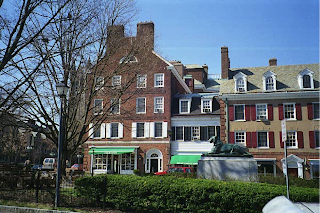When it comes to service design, creating a positive memorable experience is crucial. If this is not one, the service is not successful. For my birthday this past weekend, I went to Bowlmor Lanes in the east village. From the moment I stepped in the elevator, my experience began. The elevator was an old school freight car, which matched the theme of venue. As you enter, a fun, buoyant, and vibrant atmosphere greets you. The colors are bright, the music is upbeat, and the employees are friendly and helpful. The setup is like no other, and there is a very relaxed feeling. We were given the option to eat and bowl simultaneously, or do each individually. The options made it seem like a welcoming place. The ambiance is also wonderful. Overall, Bowlmor lanes created an experience for me that was different and extremely pleasant. Its exclusivity and uniqueness makes it stand out, and the fact that it was a positive experience makes it even better.
This past summer, a group of friends and I had made a reservation at The Cheesecake Factory in New Jersey. Our reservation was for 7PM, and we arrived at 6:55. We were told to wait, and did so patiently until 7:30PM. At this point, I asked how much longer it would be and the stewardess said another 20 minutes. However, it was not till 8:15PM that we were seated, and then had to wait another 50 minutes for our food. This made the “who” and “what” terrible and exasperating. The food, when it arrived, was lukewarm, and seemed to have been sitting in the kitchen for sometime. The silverware that some people received was dirty and was replaced after a 5-minute wait. Not only was the service bad, the food was not satisfying either. The overall experience had been ruined, and we were not compensated in any way after we complained about the service and product. Although this was a memorable service, it was an extremely negative one.




